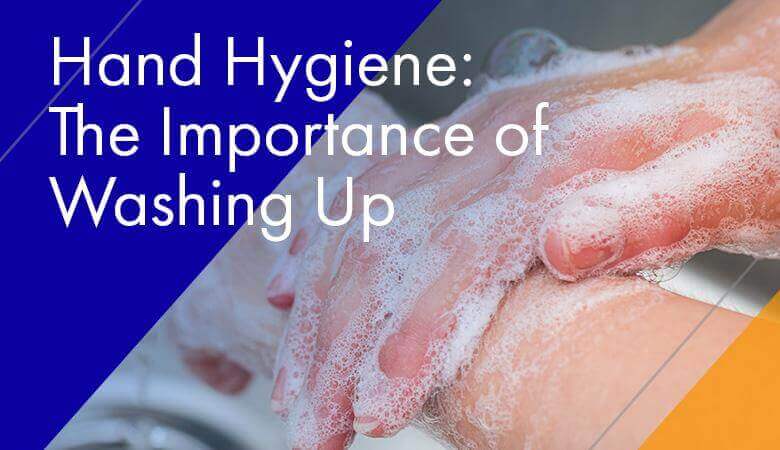Hand Hygiene: The Importance of Washing Up
Fighting the flu. It’s a yearly task that always seems to creep up on us and all of a sudden, we’re coughing and sneezing and spreading germs. Proper hand washing can help stop the flu virus from running rampant in the workplace. In fact, hand washing is the single most important means of preventing the spread of infection, and is said to reduce respiratory infections by 16 percent.
And, for businesses, that means less absenteeism due to illness, which means they save money and ensure no work time is wasted. According to the Centers for Disease Control and Prevention, employers experience $225.8 billion in lost productivity per year due to absenteeism from illness or from presenteeism, which is when employees show up when they are sick and can’t give 100 percent to their jobs.
Unfortunately not everyone sees the need to wash up. According to a 2018 survey conducted by the Bradley Corporation, just two-thirds of respondents said they “always” wash their hands after using a public restroom, and thirty-eight percent report they “frequently” see others leave a public restroom without washing. Yuk.
Want some more down and dirty facts on hand washing? Here’s what research from Essity, a global hygiene and health company reports:
- Germs can be found on all surfaces of the hand. In fact, a particularly high concentration of bacteria is found underneath the fingernails.
- Four areas people often forget to wash are their fingertips, thumbs, back of their hands and wrists.
- Women claim to wash their hands about 9.5 times per day compared to 7.6 times per day on average for men and 83 percent of women say they wash their hands after using the restroom, while only 74 percent of men do the same.
Here are 5 tips facility managers can use to encourage proper hand washing at work:
- Remind them. Simple, clear signage in restrooms, break rooms and other high traffic areas can work wonders. Hang reminders to “wash your hands” after coughing, sneezing, before and after food prep and when finished using the restroom.
- Educate them. Proper hand washing is more involved than you think. Signage can include simple steps for a proper hand washing. This video by the World Health Organization explains in great detail how to do it right.
- Be prepared. Ensure you are fully stocked with quality soap, hand towels, bath tissue and hand sanitizer. Sensor-equipped soap dispensers remotely track supply levels making it keeping on top of supplies easy and efficient.
- Make sure paper towel dispensers are placed correctly. Dispensers should be an optimum distance from the sink to the exit so people can turn off the faucet, grab the door handle with a paper towel and then dispose of the towel in the garbage can.
- Make hand sanitizer available. And although washing thoroughly with soap and water is preferred, having alcohol-based hand sanitizer available where soap and water isn’t readily available, such as the entrance to a building can help. According to an article on www.buildings.com, a study by the Journal of the America Osteopathic Association shows that optimizing dispenser placement increases usage by more than 50 percent. It’s important to note that hand sanitizer does not get rid of all germs and should not be thought of as a replacement for washing properly with soap and water.
When people spend a lot of time together in close proximity, germs are going to fly. By encouraging regular and thorough hand washing, you can reduce the spread of these germs, reduce employee absenteeism and presenteeism and make sure everyone stays healthy and happy, not only during flu season but all year round.
Need help maintain a healthy workplace? At 4M, we can help you make sure your environment is healthy and germ free. We pride ourselves on delivering the best, innovative, safe and sustainable cleaning and service solutions for your facility. CLICK HERE to contact us.


